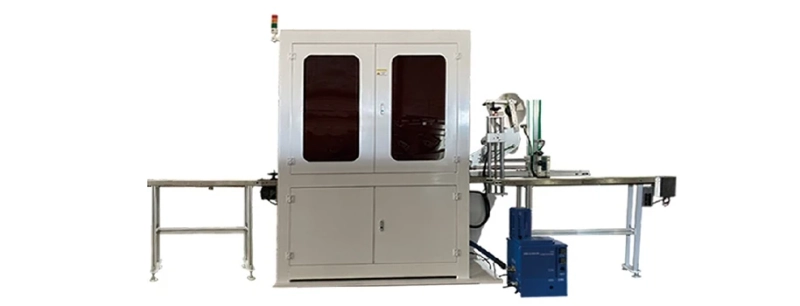To integrate sensors to detect when the wet wipes are low, you can follow these steps:
Sensor Selection: Choose a suitable sensor that can detect the presence and level of wet wipes in the dispenser. Some options include:
Infrared (IR) proximity sensor: Detects the presence and distance to the wet wipes.Ultrasonic sensor: Measures the distance to the top of the wet wipe stack.Capacitive sensor: Senses the changing capacitance as the wet wipe stack decreases.Sensor Integration: Connect the selected sensor to your robot's microcontroller or control board. This will typically involve wiring the sensor's power, ground, and signal lines to the appropriate pins on the microcontroller.
Sensor Calibration: Calibrate the sensor to properly detect the wet wipe levels. lid robot for wet wipe This may involve adjusting the sensor's sensitivity or setting appropriate thresholds for low/empty wipe detection.
Software Integration: Write code to read the sensor data and interpret the wet wipe levels. You can use this information to trigger alerts or actions when the wipes are running low. Here's an example using an Arduino and an ultrasonic sensor:
This example uses an ultrasonic sensor to measure the distance to the wet wipe stack and triggers low and empty level alerts accordingly. You can modify the code to integrate with your robot's control system and display the information on a user interface or send notifications.



